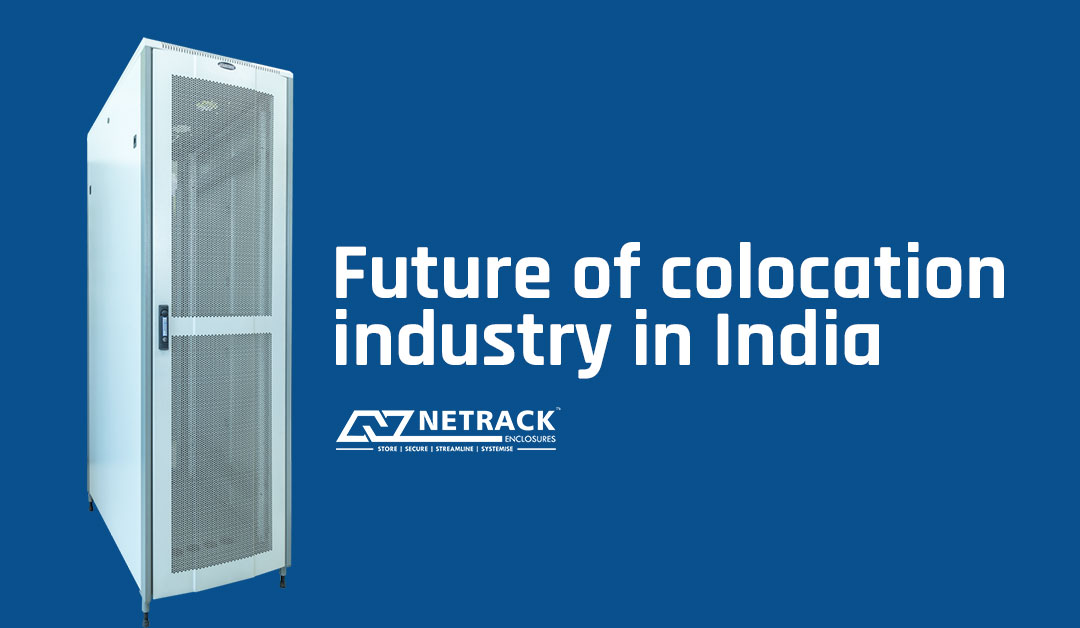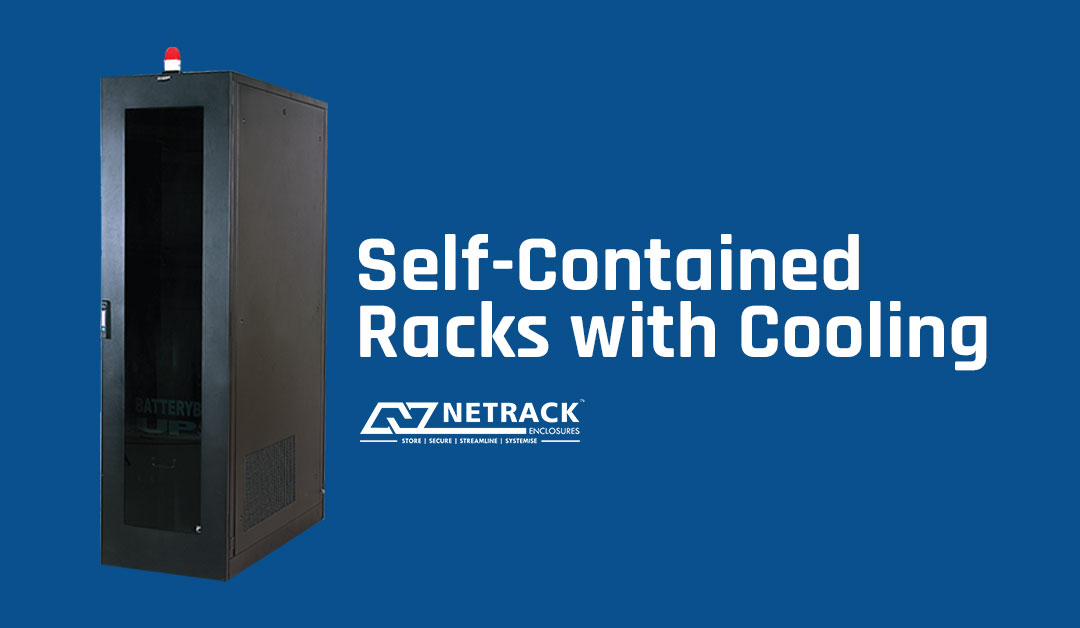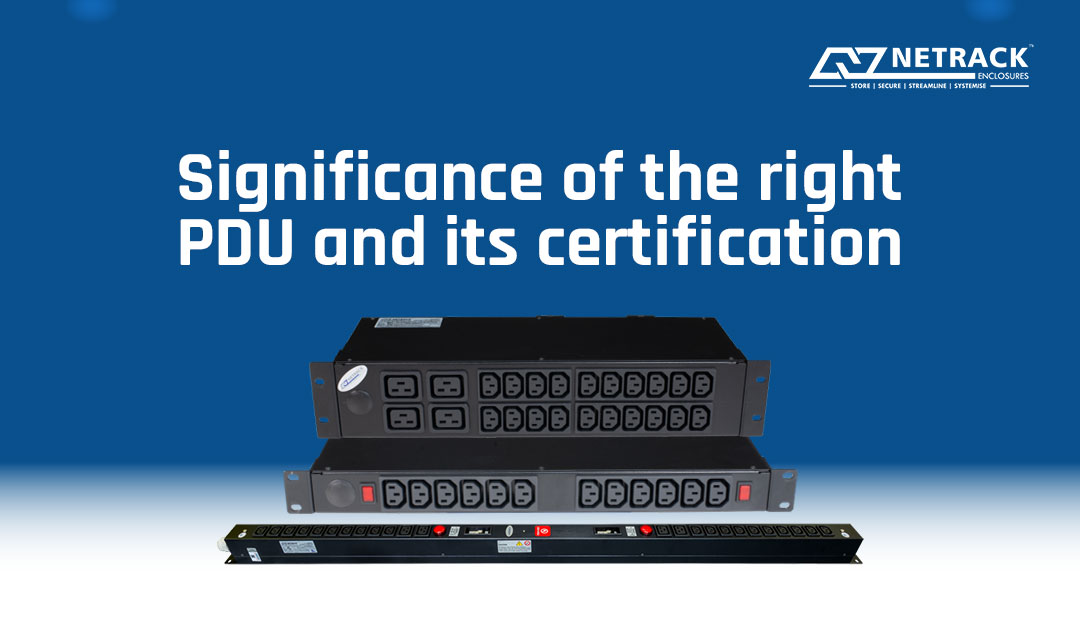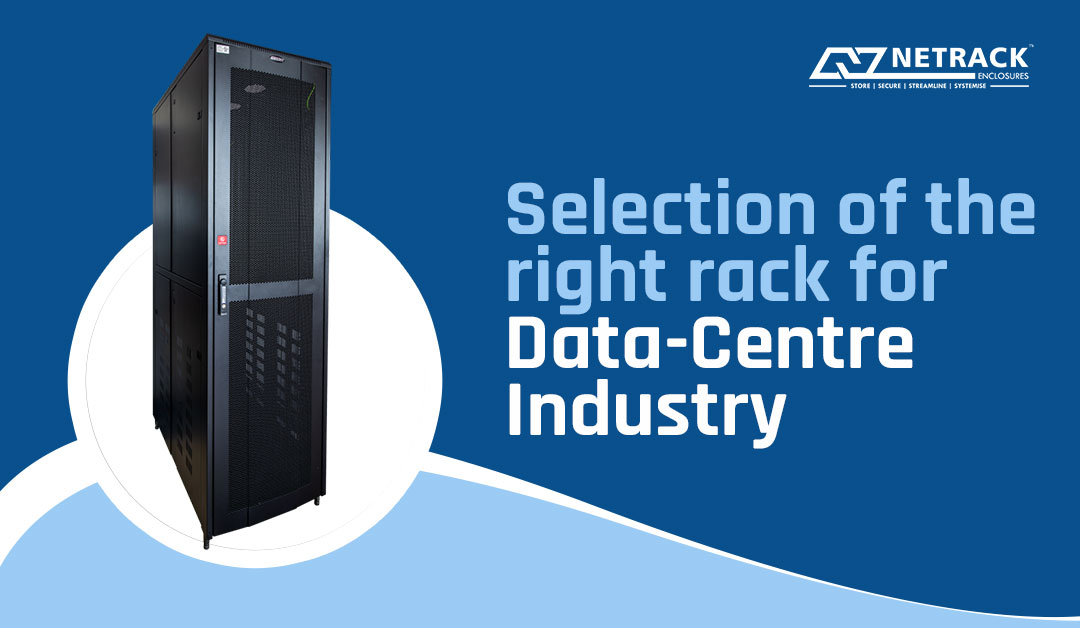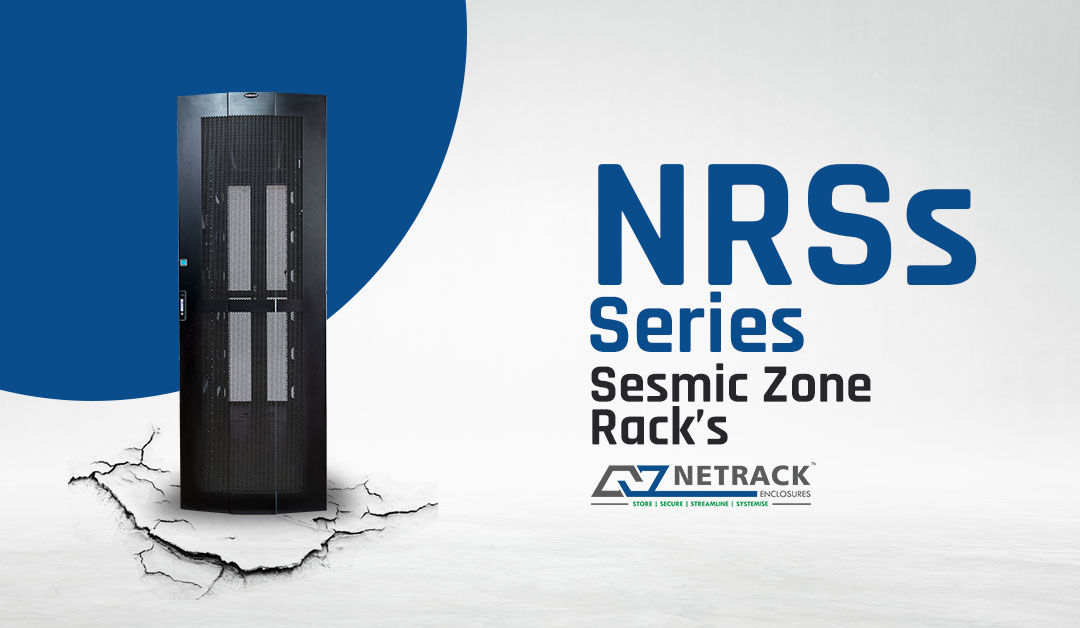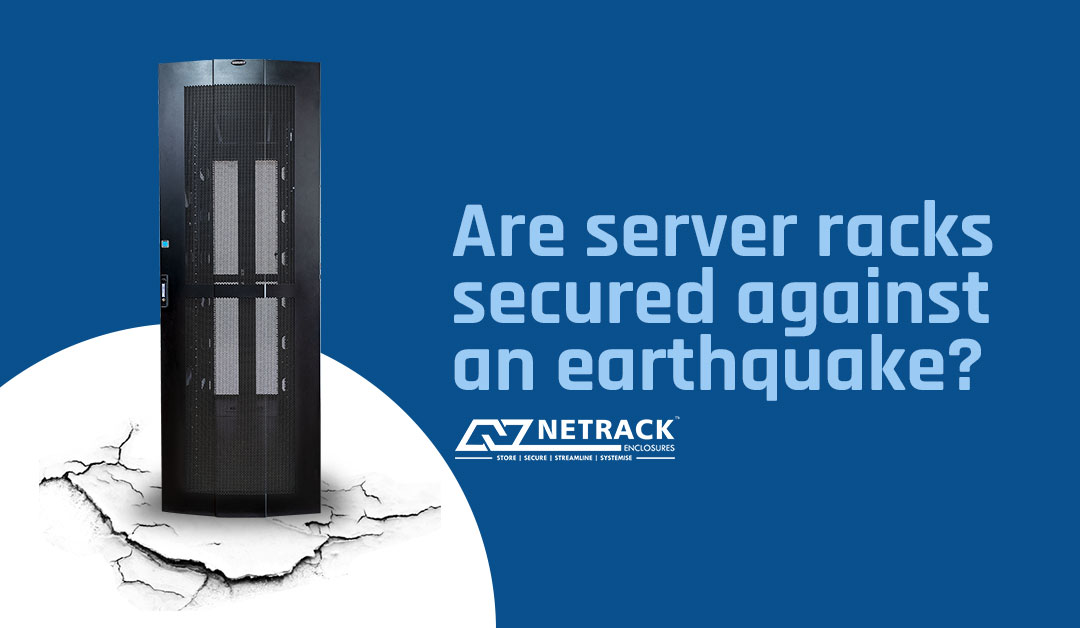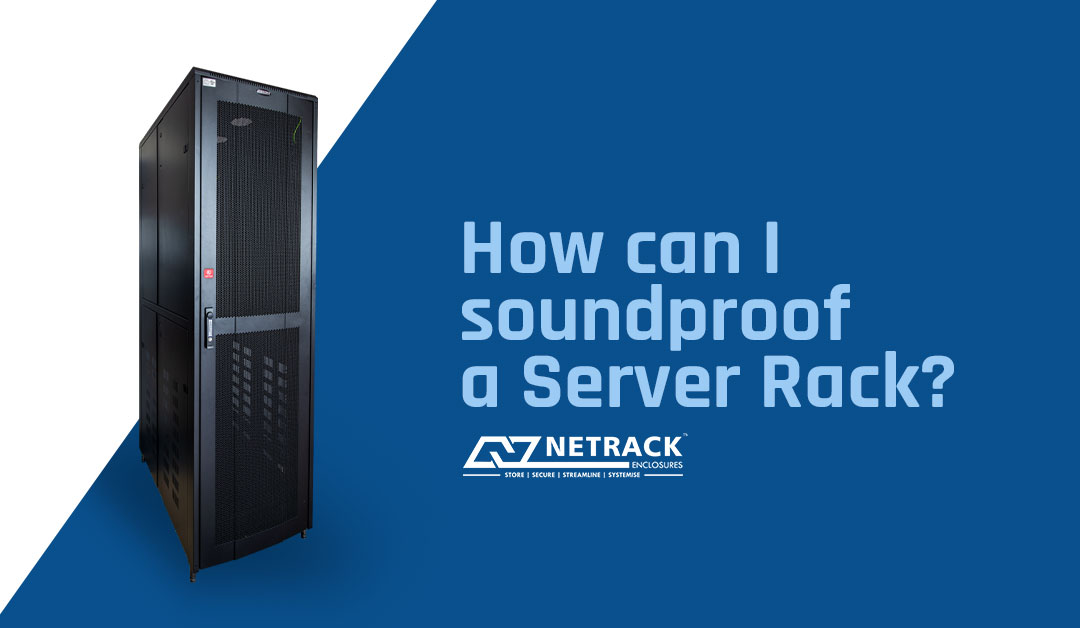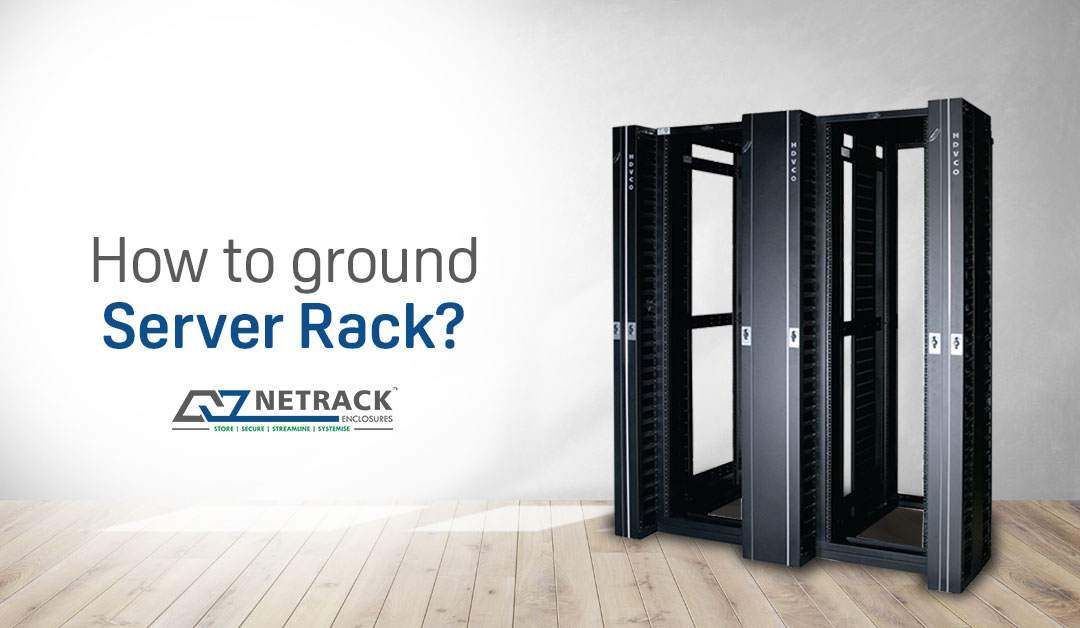Digital Transformation to Accelerate Adoption of Colocation Industry in India
The Coronavirus pandemic shifted the attention from offline to the digital needs of many businesses. These shifts are likely to stay in place impacting many industries especially IT and data centre in a positive manner. In 2020, the explosive growth of data was felt like never before. As more businesses have begun to migrate their IT infrastructure to Cloud, the demand for colo or colocation facilities seems to have exponentially increased. A colocation facility is primarily a data centre wherein an organization rents space for servers and other hardware that they purchase. The colocation firm provides the building and other necessary infrastructure for the organization's functioning, such as cooling facility, power, bandwidth, and physical security. A preferred alternative to traditional hosting, colocation facilities may house multiple businesses depending on the requirements of each. Talking about how will the shape of the colocation
Read More

